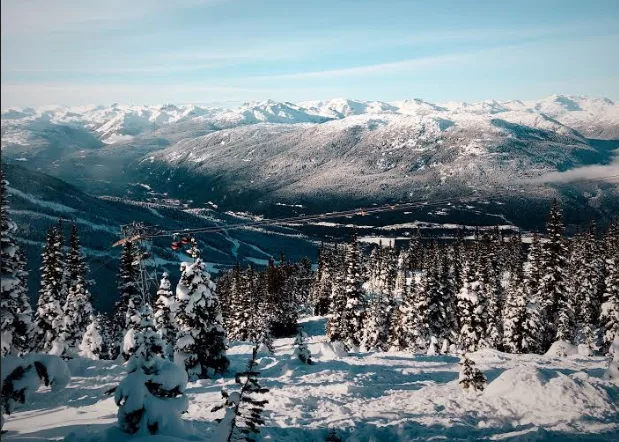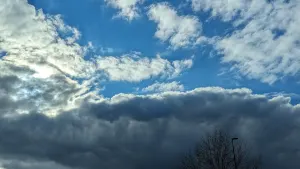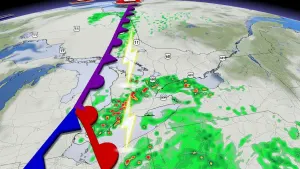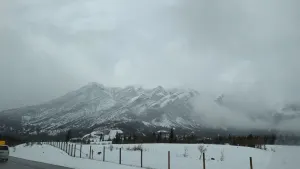
Rare 'extreme' avalanche warning issued for BC's Sea-to-Sky region
The extreme rating is expected to remain in place through Saturday.
A combination of a weak snowpack and intense storm activity has prompted a rare "extreme" avalanche warning for British Columbia's Sea-to-Sky region.
An "extreme" rating is issued by Avalanche Canada when large snow slides are almost certain in the backcountry.
According to the organization's website, 40 cm of new snow -- mixed with strong wind and warming temperatures -- create prime conditions to trigger an avalanche cycle.
"Extreme danger ratings are used roughly once per season," says Simon Horton, a public avalanche forecaster with Avalanche Canada.
"There was one extreme rating around this time last year, also for the Sea-to-Sky region."
Under extreme conditions avalanches can be widespread, Horton says. Backcountry users are strongly advised to avoid all avalanche terrain until the rating drops. Backcountry skiers should also avoid areas with a "high" rating, which is in effect for several mountain ranges between the northwest coast and Alberta boundary.
Sea-to-Sky mountains are expected to remain under the warning through Saturday.
"The Sea-to-Sky region has had an unusually weak snowpack this year," Horton says.
"We expect dangerous avalanche conditions to remain for some time, as new storms keep loading down weak snow."
On Monday, two men from Alaska died in an avalanche while snowboarding near the Tatshenshini-Alsek Provincial Park in northwestern British Columbia.
A third man survived. All three were friends from Haines, Alaska and were in their early 20s, according to the B.C. Coroners Service.
THE DETERMINING FACTORS FOR AVALANCHE WARNINGS IN CANADA:
AVALANCHE SAFETY
Here are some avalanche safety tips, courtesy of the Government of Canada:
If you are caught in an avalanche:
If there is machinery, equipment or heavy objects around you, push them away to avoid injury.
Grab onto anything solid, such as trees or rocks to avoid being swept away.
Close your mouth and clench your teeth.
If you find you are moving downward with the avalanche, stay on the surface by using a swimming motion.
Try to move yourself to the side of the avalanche.
When the avalanche slows try to:
Push yourself to the surface.
Make an air pocket in front of your face using one arm.
Use the other arm to push towards the surface.
After an avalanche:
Dig yourself out, if you can.
Relax your breathing. This is especially important if you cannot dig yourself out.
Stay calm and shout only when help is near.
THE BEST PIECE OF SAFETY EQUIPMENT IN THE EVENT OF AN AVALANCHE IS WITH YOU AT ALL TIMES:
Thumbnail image courtesy: of Mia Gordon.










